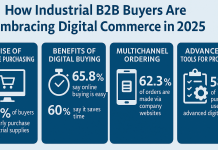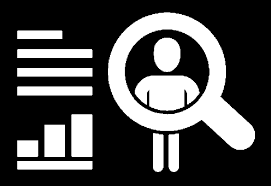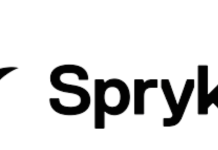Someone calling themselves a bank employee called a customer. The representative said that they had learned that a bank employee intended to access the customer’s account.
Together, they could catch this thief, but the representative would need the customer’s help, and the best way for him to aid in this sting operation was to move all of his accounts, both checking and savings, into what the representative referred to as a “suspense account,” which they had created especially for this purpose at a different bank.
The fictitious bank representative then advised the customer to anticipate a call from a caller pretending to be a bank representative. The representative reassured him that this was all a part of the deceit and that the client would question everything the ostensible agent had said up to that point. The customer was advised to tell the caller that he was having work done on his home, which would explain why he needed to transfer such a significant sum of money, according to the accused agent.
A security analyst from the customer’s bank called as soon as the behavioral analytics team identified these transactions as being suspicious.
When the customer hesitated to provide a name since he didn’t have one, the analyst realized something was amiss and inquired whether someone posing as a representative of the bank had contacted the consumer.
“Fortunately, the client suddenly began to doubt the original contact and think that when the bank called him, it was the genuine bank,” Roger Lester, account director at Featurespace in the United Kingdom, said in an interview.












